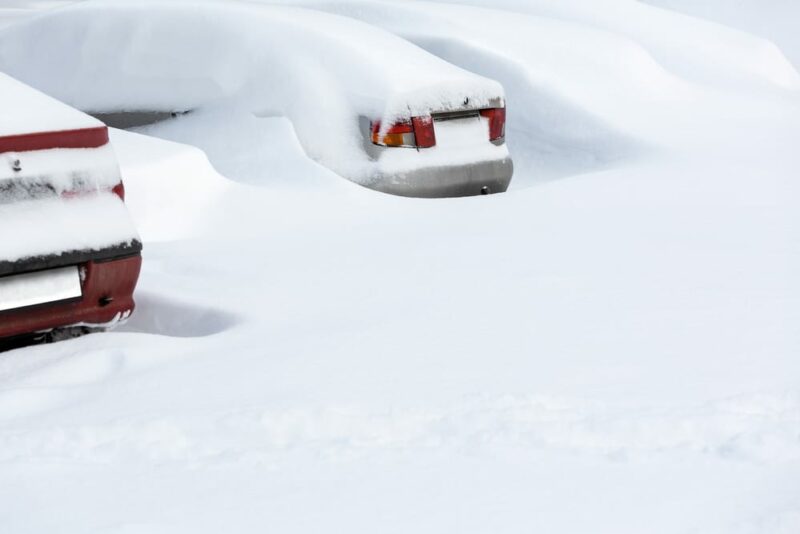State government officials and the operators of the electrical grid in Texas were given warning that a rapidly approaching winter storm could cause a spike in power demand, which could threaten the state electricity infrastructure.
Forecasters and data available from the National Weather Service warned of the severity of the approaching Arctic storm a week in advance, plenty of time for steps to be taken to help mitigate the need to cut the power supply to homeowners and businesses in Texas. 10 days before the Arctic air mass moved into the Southern States, NOAA (National Oceanic and Atmospheric Administration) highlighted the pending frigid conditions across the southern and central states.
Data disseminated by NOAA pointed to an 80 percent chance of temperatures well below average in the period from the 11th to the 15th of February. NOAA’s Climate Prediction Center also forecast a 70 percent chance of below-average temperatures ranging from Indiana in the north to Texas in the south through Feb. 19.
These forecasts are essential tools for utilities as they are used to anticipate price changes for heating fuel such as natural gas. Weather forecasts are equally crucial for private sector firms who count companies in the energy industry amongst their clientele. One such firm, the Community Weather Group, noted that the storm’s approach was no secret, but they were not sure what infrastructure might fail.
Impending Freeze Apparent to ERCOT
Chris Coleman, senior meteorologist of ERCOT, was aware of the magnitude of the impending blast of sub-zero temperatures. On February 12, he wrote on ERCOT’s website, “Temperatures next week will set records that are likely to be the coldest seen in the state since the 1980s. He went on to say, “This period may be one of the most extreme weather events to impact Texas.”
Coleman continued,” As well as the forecasted extreme drop in temperature, two winter storms are also expected. The first storm will start in the west and spread eastwards, bringing with it snow, sleet, and ice. This will be followed by a second storm arriving mid-week, February 17th, with more snow, more ice, and continued sub-zero temperatures.
The Climate Prediction Center within NOAA also forecasted a high risk of extreme cold across the central plains. Forecasters predicted a 60 percent likelihood of plunging temperatures between February 13 through 19.
The National Weather Service began advising emergency management personnel and government agencies of the upcoming cold snap on February 8th.
On February 9, the NWS Weather Prediction Center in Maryland stated, “Arctic air is expected from the Northern Rockies, surging south across the plains states and Mississippi Valley, with record-breaking cold temperatures expected.” The center specifically warned of temperatures dropping upwards of 45F below the norm.
Even with the warning, it may not have been possible to avoid problems with the electrical grid in Texas. With 10 days warning, it would not have been possible to winterize power equipment in the state.
Lack of Winterization Highlighted
Reports noted the lack of winterization of assets during previous power outages during cold snaps. The cost of making changes has been a significant impediment. Little did people know that the power grid in Texas had been on the cusp of total failure. A few days later, this information would be revealed.
On Monday, 4 million people lost power, stores closed, and hotel rates went up. Those that fled their homes for the homes of relatives were forced to consider the risk of contacting the coronavirus.
Things continued to degrade. By the next day, people were seeking refuge in their vehicles, risking carbon monoxide poisoning. Pipes froze and burst, and what little water that did come from a tap was undrinkable. Nearly half the population of Texas found themselves under boil-water order.
Lingering Effects
Cold weather has since loosened its grip, and power is back for most of the state. However, there are lingering effects. Those ERCOT customers who have variable-rate power contracts are facing electric bills running into the thousands of dollars.
It is going to be extremely hard to forecast the cost of winterizing the Texas power grid. Repairing broken water pipes is one thing. Fixing the state is something else again.
WeInvests is a financial portal-based research agency. We do our utmost best to offer reliable and unbiased information about crypto, finance, trading and stocks. However, we do not offer financial advice and users should always carry out their own research.
Read More













